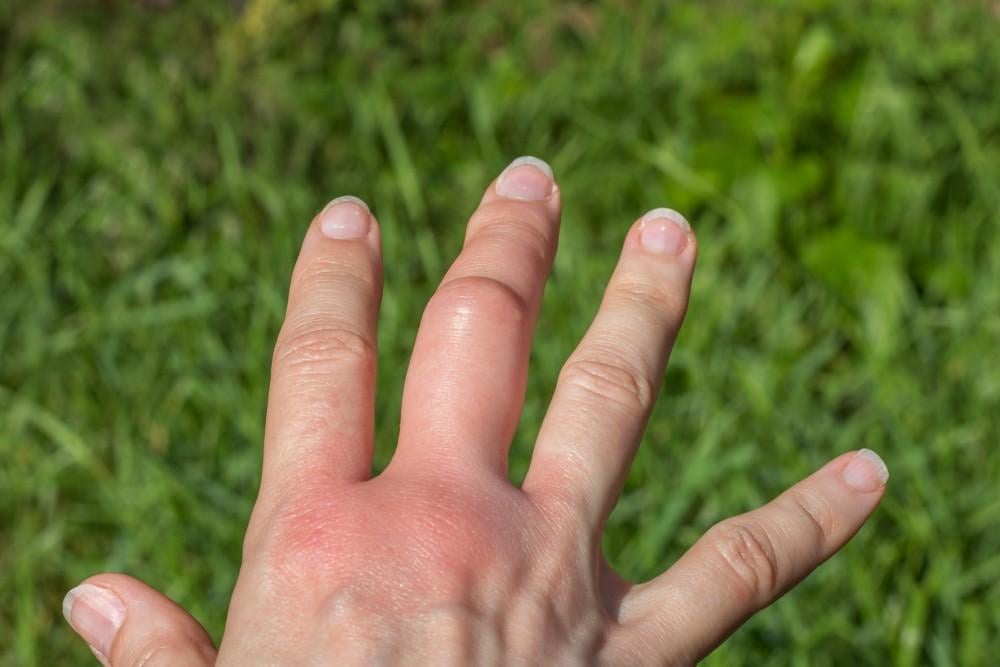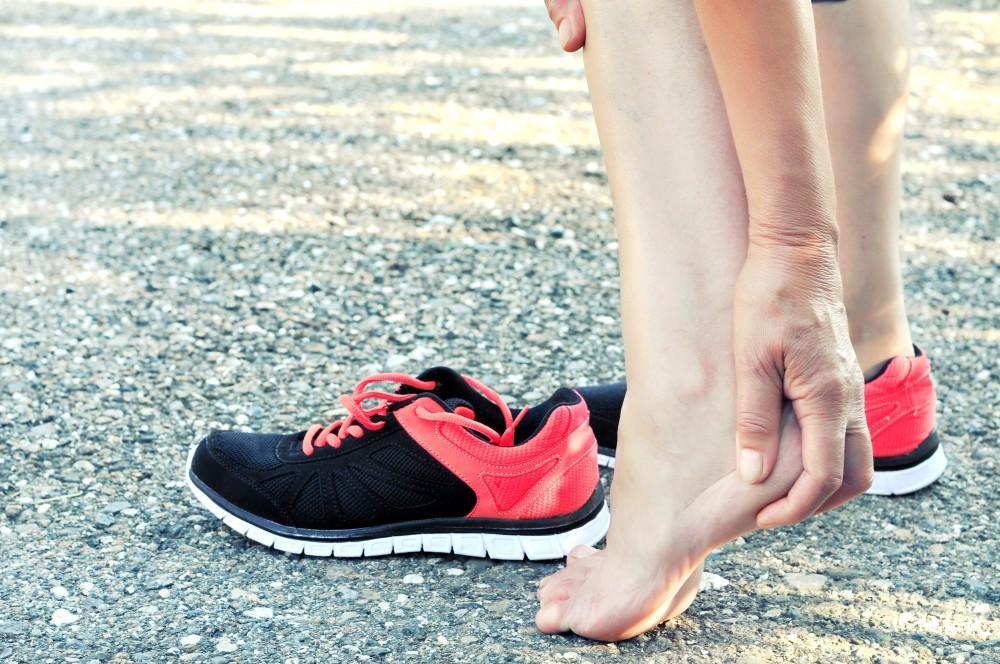The soft tissue in your body is there to cover, protect, or offer mobility to various bones, joints, and organs. This broad term covers many structures in the body, including nerves, skin, fat, and blood vessels, but it is often connected to tendons, ligaments, muscles, and fascia (a less commonly known thin casing of connective tissue that holds most parts of your body in place).
Fascia also covers muscle fiber bundles and larger groups, and many injuries to muscles and other soft tissue affect this connective tissue. People that deal with chronic pain in this area suffer from what is called myofascial pain syndrome, and for this and other related conditions, myofascial release therapy can help to offer relief. To understand its benefits, let’s explore what this pain is, how myofascial release helps, and what areas it can treat.
If you live in the Houston or Spring, Texas, area and you’re looking for relief from myofascial or other types of soft tissue pain, Drs. Billy Cheong, Kesia Broome, Elias Madrid, and the skilled team at Elite Spine and Health Center can help.
Understanding myofascial pain
Fascia covers your muscles (comparable to the skin of a fruit) and allows them to contract, stretch, and function without creating friction between muscle groups. A term that literally means muscle fascia, myofascial pain is one of the possible causes of muscle pain that doesn’t go away for long periods of time. This is a common condition that is frequently associated with trigger points, very sensitive areas of the body that resemble bumps, nodules, or knots to the touch.
While this type of pain can strike anywhere on your body, it often happens in your neck, back, and shoulder muscles. You are likely to experience symptoms such as stiff, tight, throbbing pain, tender or sore muscles, reduced range of motion, muscle weakness, and trigger points.
How myofascial release helps
Under normal circumstances, your myofascia is elastic and pliable, and dealing with chronic forms of this pain can tighten and stiffen it. This therapy works by manually massaging the affected areas to work out the tightness and pressure in a process that is often repeated several times until the tension is relieved. Additionally, it can even relieve pain by engaging the broader muscle network linked to the problem, rather than working the trigger points directly.
Areas that can be treated
This treatment is useful in treating a lot more than your neck, back, and shoulders; other areas of the body that suffer from overuse or stay in a fixed position for extended periods of time, such as your arms, head, jaw, hips, quads, calves, and feet can also benefit from this therapy. While it is often used for patients with myofascial pain syndrome, it can also help those dealing with other conditions, such as venous insufficiency.
It seems like such a simple process, applying manual massage to key areas to relieve pain, but it is quite effective in the hands of a trained practitioner. If you’re looking for relief from soft tissue pain associated with this or other conditions, make an appointment with Drs. Cheong, Broome, Madrid, and the team at Elite Spine and Health Center today.




